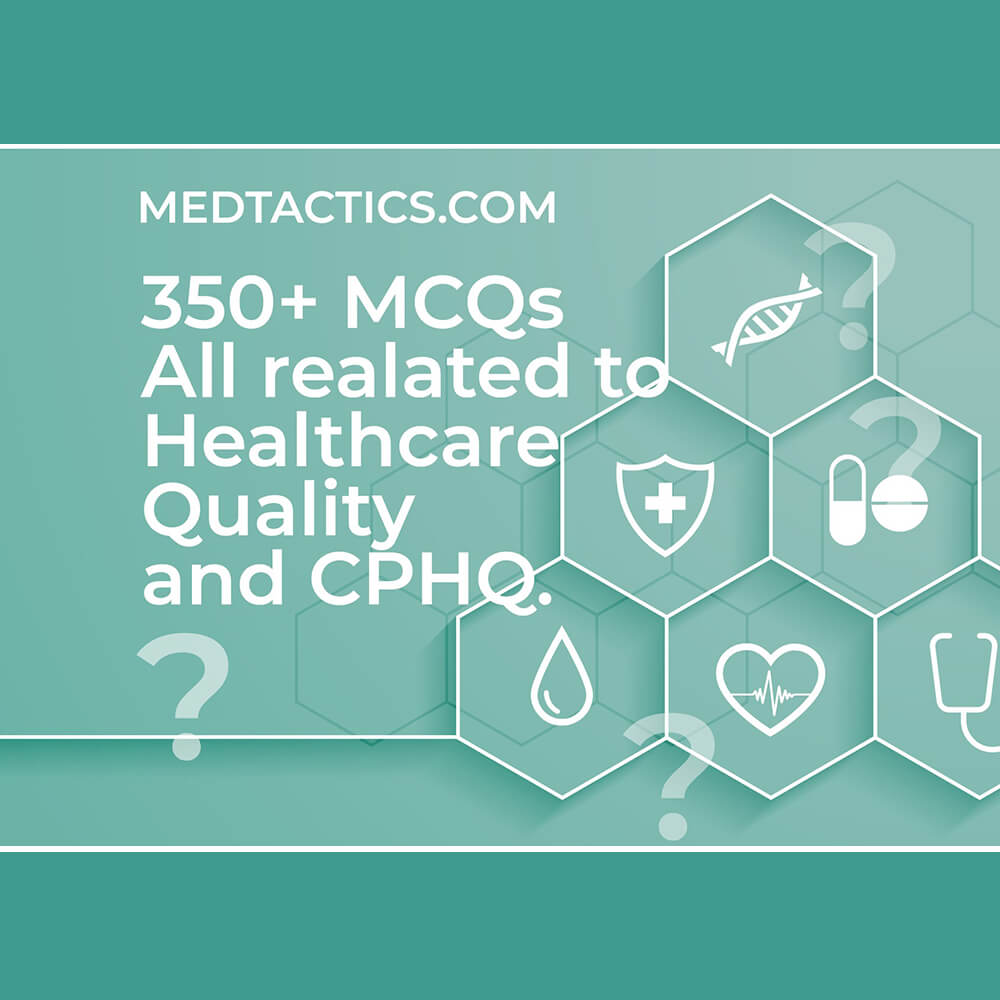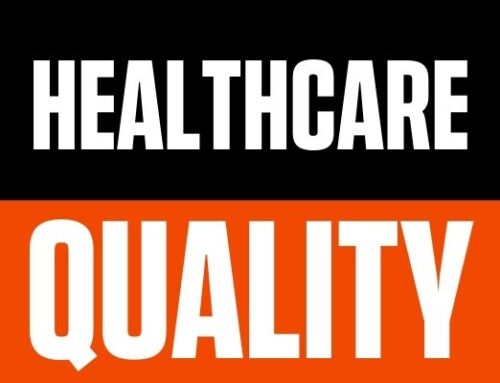Quality is becoming more important throughout the globe. “Total Quality Management,” “Continuous Quality Improvement,” “Performance Innovation,” or any other specified phrase used to describe the quality movement, the common thread is the ability of an organization to satisfy the requirements of people who pay for and utilize the services and products that it provides.
Because they are attempting to satisfy the demands of the people they serve, all kinds of businesses, including the health care industry, have seen cost reductions and quality improvements in their operations and products. Ongoing Quality Improvement or Continuous Quality Improvement (CQI) is the process of bringing about slow but continuous positive change by intervening at the provider and employee levels and by fostering a learning culture within an organization.
High-quality service is as essential as high-quality medication since they both contribute to the ultimate result, which is patient outcomes, which is also the bottom line of the organization. Healthcare systems are now one of the most rapidly changing economic sectors in the world.
As a result, healthcare personnel need direction as well as motivation in order to continuously enhance their everyday performance and service. Prior to the introduction of quality management systems, quality was outsourced to a few and primarily focused on the person in an attempt to identify flaws, and issues were addressed retroactively via the use of short-term objectives.
The shift to quality improvement involves the whole workforce, who are asked to review procedures in an attempt to constantly find possibilities for improvement in areas such as customer satisfaction, patient care, and organizational functions, among other things.
Continuous Quality Improvement (CQI) is a quality management strategy that expands on conventional quality assurance methods by placing an emphasis on the organization and systems. Rather of focusing on individuals, it emphasizes the importance of processes. It also emphasizes the importance of internal and external customers, as well as the need of objective data for process analysis and improvement.
When it comes to managed care organizations in the healthcare industry, the rapid growth and proliferation of these organizations has caused many public health agencies, health-care providers, employers, and consumers to question the overall quality of healthcare and its implications for patient safety.
A collaborative endeavor, continuous quality improvement (CQI) allows individuals to work together across organizational boundaries in order to enhance common processes. It is possible to use CQI in a variety of ways throughout campus, and it comprises a broad range of diagnostic and team activities that may be tailored to suit the specific requirements of different companies.
What is the use of multiple choice questions in healthcare quality?
Multiple Choice Questions (MCQs) are evaluation methods that ask examinees to choose the most appropriate answer(s) to a question from a list of possible answers. Essentially, it is made up of a stem that either directly or indirectly asks a question, as well as a collection of distracters from which the answer(s) is/are chosen.
Why are we using MCQs for healthcare quality enhancements?
- Multiple-choice formats have several advantages, the most notable of which are their simplicity of use and dependability in scoring.
- Answering questions is a mechanical process that requires neither interpretation nor specialized expertise.
- The majority of multiple-choice examinations that are frequently given are scored by a computer and offer statistical information about the exam, such as item difficulty and item-test correlations, among other things.
These are some of the reasons why multiple-choice questions are popular among teachers because they have the benefit of enabling different types of questions to be asked at varying degrees of difficulty.
The computerized form of multiple-choice questions (MCQs) may cover a great amount of material in a short amount of time. More questions are helpful because they offer better coverage of the subject and students’ test results are more dependable when a higher number of questions is used.
Because the right answers have been pre-specified, the grading may be considered objective in certain ways. The most significant drawback of multiple-choice questions is that they need a significant amount of time to create.
How to get the best of healthcare quality MCQs?
Multiple-choice questions, on the other hand, may be reused once they have been created, either in their original form or in a modified version. Because these exams are designed to evaluate just knowledge, they may be used in conjunction with or in addition to more performance-based evaluation techniques.
Constant review and discussion of multiple-choice problems may be a great method to stimulate the professional’s mind and keep it sharp via continuous revision.
What is the optimum method of studying MCQs for healthcare quality?
If you are a skilled healthcare practitioner, you can anticipate this to be a rewarding and difficult practice experience. In order to complete the task successfully, it is highly suggested that the participant breaks the challenge down into segments of ten questions, answers them on his or her own in writing in a 15-minute period, and then then verifies the answers and plot marks. It is meant to create multiple-choice questions in a randomized pattern, similar to how they appear in real-world practice, in order to deepen the problem of the wholesomeness of the difficulty a professional may encounter throughout his or her professional career. Each question and its accompanying response is a little bit of knowledge that may be added together to create a collective value that can help to develop confidence while also igniting a desire for further learning and successful lifelong education.






good
Thanks dr aysha,
We are planning on posting all the detailed answers for the questions here soon.
stay tuned!
Have a good day.
merci